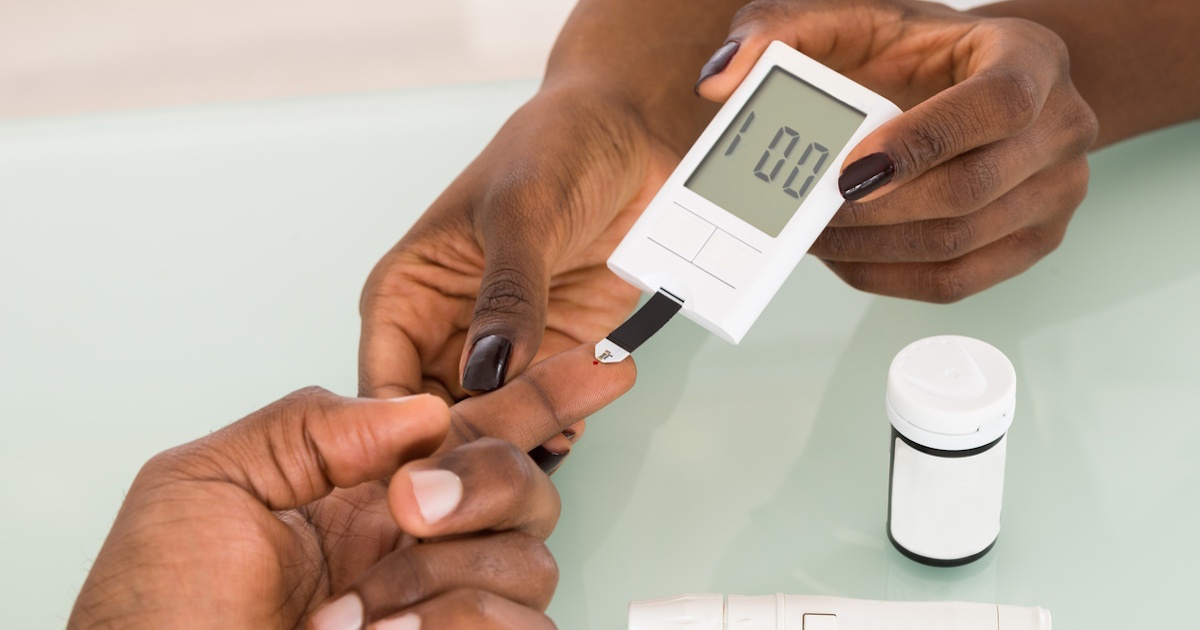How To Treat And Prevent Hyperglycemic Hyperosmolar Syndrome
Check Blood Sugar Regularly

Patients should check blood sugar regularly to prevent hyperosmolar hyperglycemic syndrome and its complications. Doing so can enable patients to act quickly if readings become too low or too high and can halt the progression of hyperosmolar hyperglycemic syndrome, which usually takes several days or weeks to develop. Patients will need to use a lancet device, blood glucose meter, and testing strips to check their glucose. After loading a fresh lancet into the device, patients prick their finger or forearm to obtain a small drop of blood. The blood is then placed on a testing strip and inserted into the meter to produce a reading. Patients may need to test their glucose levels before and after meals. Doctors can advise patients on appropriate testing schedules for their individual needs. Generally, individuals with advanced symptoms of diabetes who take multiple medications will need to test as often as ten times per day. Individuals who manage their diabetes without the need for insulin may be able to test once a day or less frequently. Some patients may be able to use a special device that takes glucose readings continuously and doesn't require fingersticks. All patients should keep a log of their glucose readings, and there are many online apps to help with this.
Learn more about how to effectively treat hyperosmolar hyperglycemic syndrome now.
Get Regular Exercise

Exercise helps improve the body's response to insulin and can allow patients to take less insulin and fewer medications overall. Doctors recommend doing at least 150 minutes of moderate to vigorous activity a week. Aerobics, swimming, brisk walking, yoga, and cycling can all count towards this goal. Home activities like raking leaves and vacuuming count as well. Patients may wish to invest in a fitness tracker or join an activity club or gym to motivate themselves to exercise more. Patients should always have a physical exam from their doctor before they begin any exercise regimen. The doctor can assess the patient's heart, lungs, and range of motion to recommend exercises that are safe and effective for the patient's needs. Diabetes patients should always be particularly careful after exercise, allow themselves a few minutes to rest before continuing with their next task, and bring along a small snack to eat immediately following their workouts.
Uncover another method of treating hyperosmolar hyperglycemic syndrome now.
